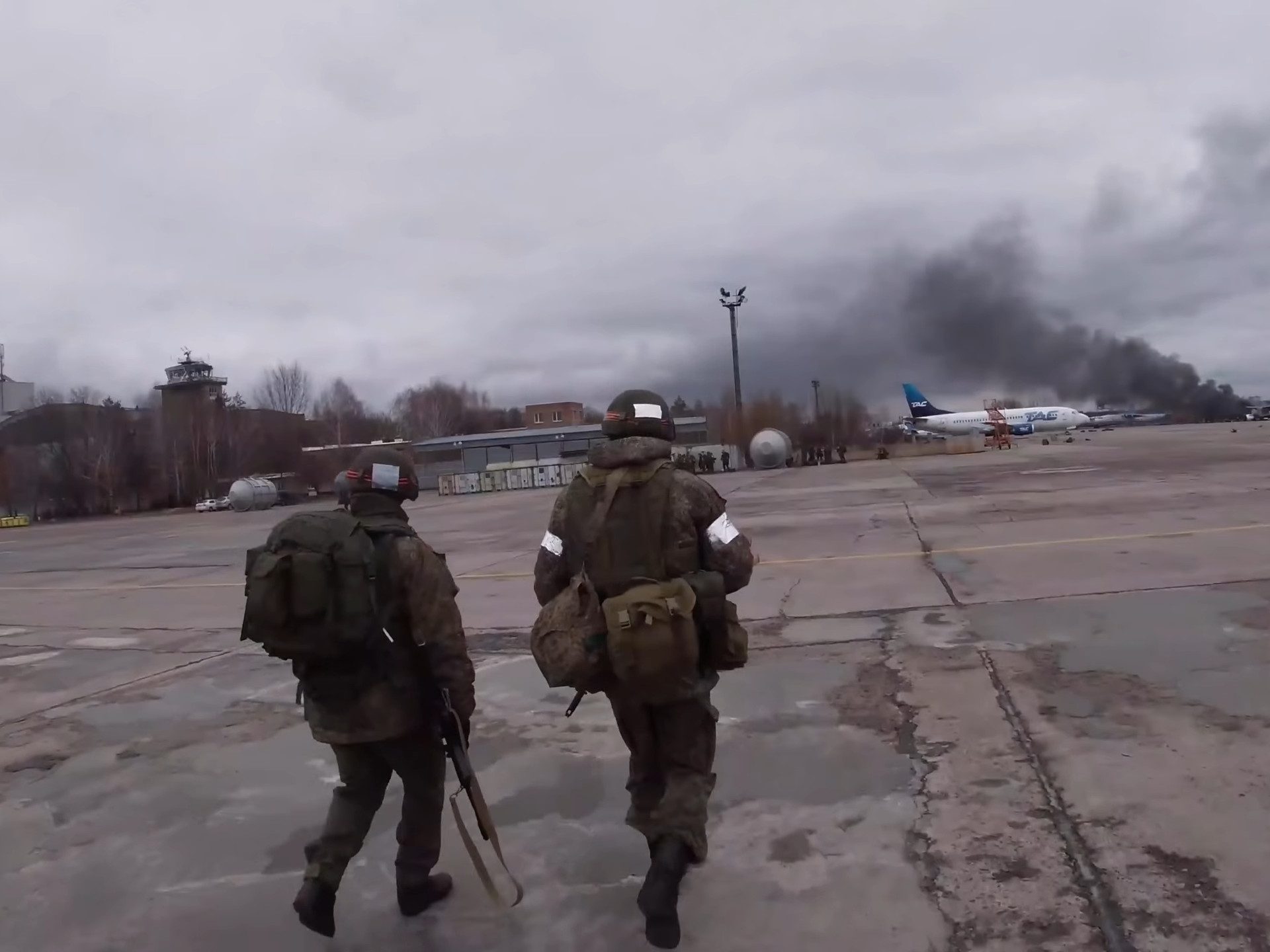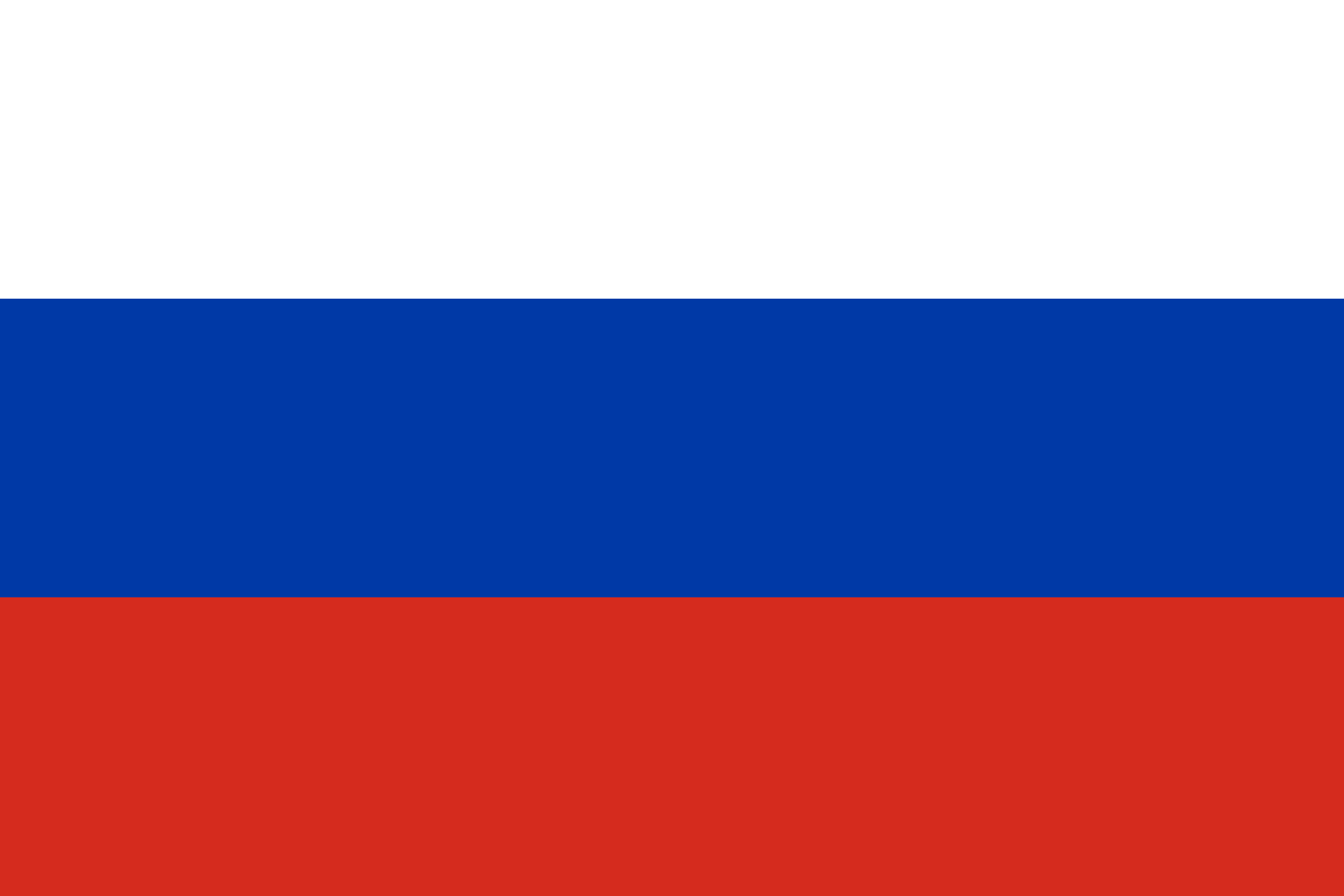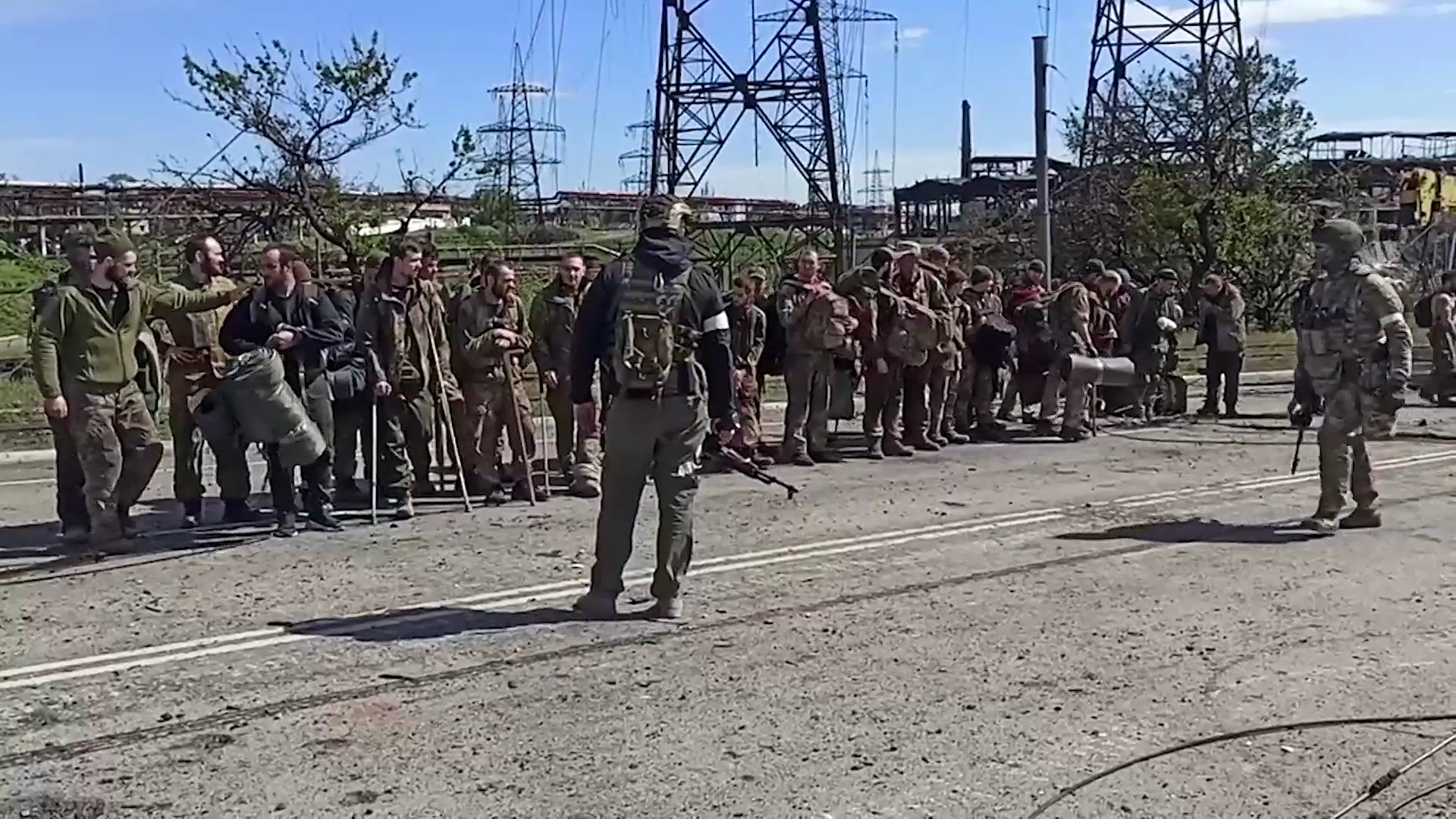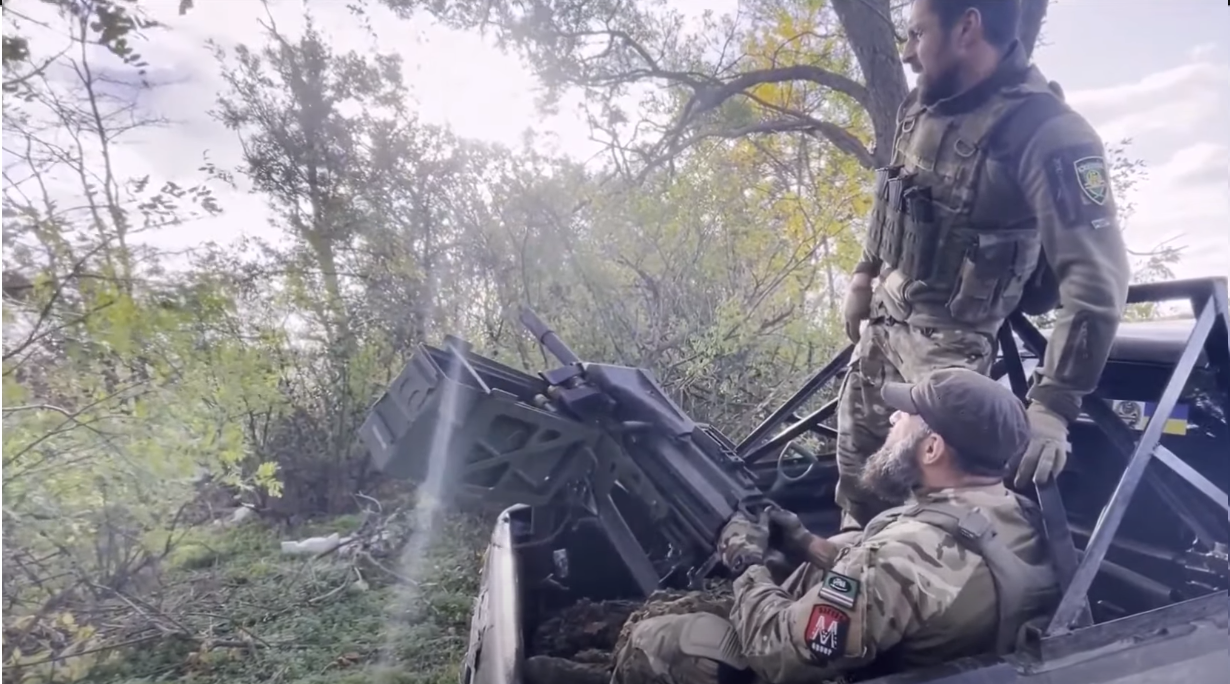Snake Island campaign

Video
Snake Island, a small Ukrainian island in the Black Sea, became a focal point of military conflict during the Russian invasion of Ukraine that began on 24 February 2022. The island, strategically located 45 kilometers from Romania and crucial for controlling maritime access to Odesa, was attacked by the Russian Navy on the first day of the invasion. The Russian cruiser Moskva and the patrol ship Vasily Bykov initiated the assault, demanding the surrender of the 13 Ukrainian border guards stationed there. In a widely publicized exchange, a border guard named Roman Hrybov famously replied, 'Russian warship, go fuck yourself.' Following a naval and aerial bombardment that destroyed the island's infrastructure, Russian forces captured Snake Island by 22:00 local time on the same day, marking the start of a 126-day occupation.
In response to the occupation, Ukraine launched a series of counterattacks aimed at Russian positions on the island. On 14 April 2022, Ukrainian forces claimed to have sunk the Moskva, which significantly weakened Russian naval capabilities in the region. From late April to June, Ukraine conducted multiple strikes using anti-ship missiles and drones, targeting Russian supply vessels and military assets on the island. Notable operations included the destruction of Russian landing crafts and missile systems, with Ukrainian officials reporting the deaths of dozens of Russian soldiers. On 30 June 2022, after sustained Ukrainian assaults and increasing isolation, Russian forces withdrew from Snake Island, claiming they had completed their assigned tasks. This withdrawal was characterized by heavy artillery and missile fire from Ukrainian forces, which enveloped the island in smoke as Russian troops retreated.
Following the withdrawal, Russian forces continued to bombard Snake Island, reportedly causing casualties among Ukrainian troops. On 1 July 2022, Russian aircraft conducted airstrikes on the island, which Ukrainian officials interpreted as an attempt to destroy remaining military equipment. Despite these attacks, Ukraine maintained control over the island, raising its flag on 4 July 2022. The campaign for Snake Island highlighted the strategic importance of the location, as control over it allowed for significant military and economic advantages in the Black Sea region.
Result/Victory
 Ukrainian
Ukrainian


 Russian
Russian












 Ongoing
Ongoing












